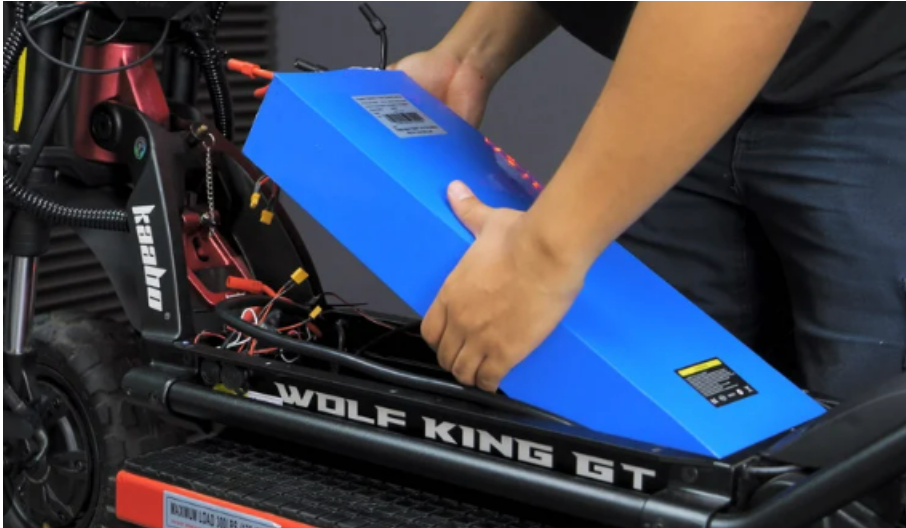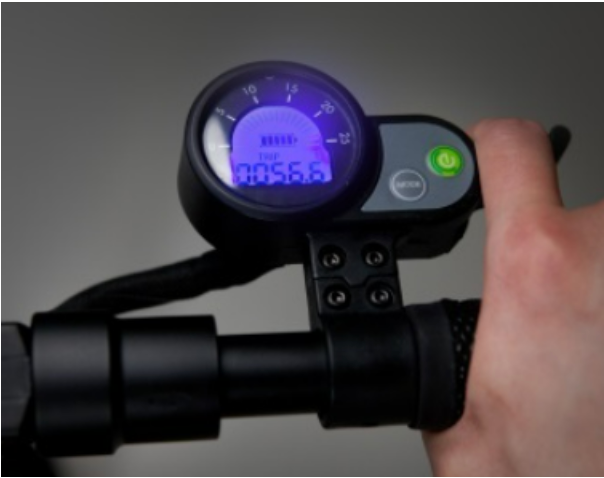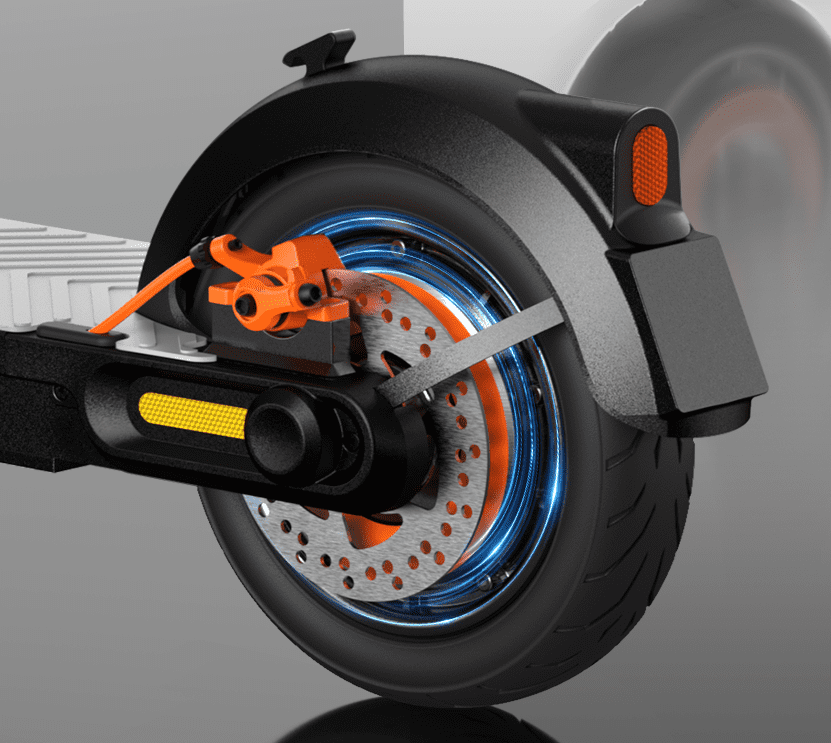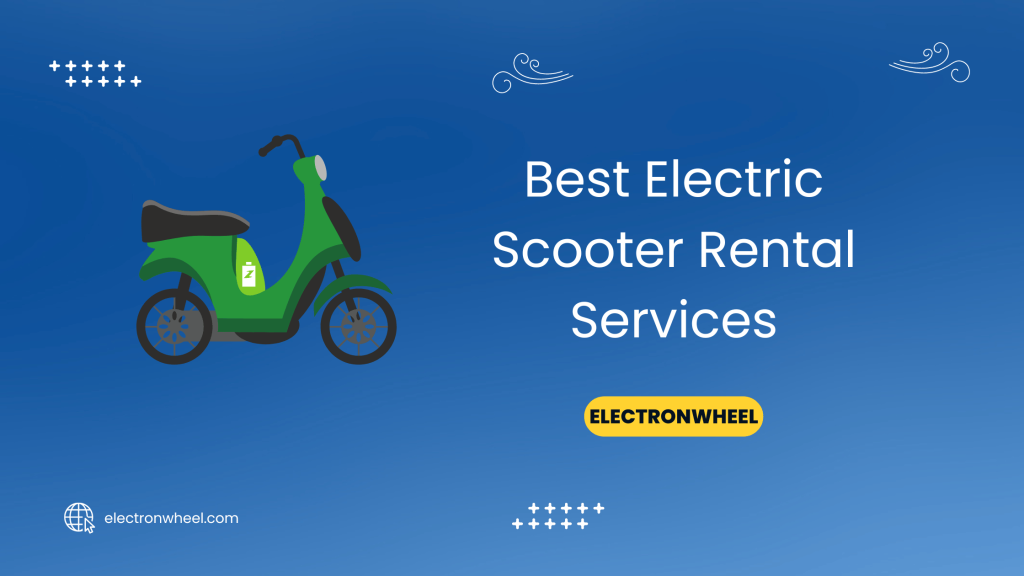This post contains affiliate links, we'll earn compensation if you make a purchase using them at no additional cost to you 😊
Nothing’s worse than hopping on your electric scooter only to find it won’t move. But don’t worry – an easy fix can help you get going.
In this guide, I’ll share the 9 most common reasons your scooter powers on but doesn’t go anywhere. I’ll provide actionable troubleshooting tips so you can get rolling again.
Learn to diagnose your scooter’s throttle issues, electrical faults, mechanical problems, and more. With these simple fixes, you’ll avoid the hassle and cost of professional repair.
Follow along to get your stalled scooter back up and running. You’ll be gliding along in no time.
9 Common Reasons Your Electric Scooter Turns On But Not Move
Here are some common reasons your electric scooter may turn on but not move. I have also added solutions to these issues so you can help out yourself.
1. Battery Issue
One of the most common reasons an electric scooter won’t move is a battery issue. The battery may be completely dead, not charged enough, or starting to fail. Check the battery level indicator lights to see if the battery needs charging.

Solution: Try charging it fully overnight and testing again. If the battery still won’t hold a charge or power the motor, it likely needs to be replaced. Make sure to use a battery that meets the voltage and amperage rating for your scooter model.
2. Ignition Switch May Be Blown Or Flipped
Your electric scooter ignition switch connects the battery to the electronic controller that powers the motor. If this switch is blown, tripped, or turned off, it will prevent power from reaching the engine.
Solution: Check that the ignition switch is set to the “on” position. If it still doesn’t work, you may need to replace the ignition switch. Follow the wiring diagram to install a new switch properly.
3. Disconnected Brake Switch
Electric scooters have a brake safety switch that cuts power to the motor when the brakes are engaged. If this becomes disconnected, damaged, or misaligned, it can stop the motor from running even when you twist the throttle.

Solution: Inspect the brake levers, switch, and wiring for any damage or loose connections. The switch must make secure contact when the brakes are released to allow the motor to power on.
4. It May Require Jumpstarting
If you haven’t been riding your electric scooter for a very long time, the battery may no longer have enough charge to start the scooter on its own. In this case, jump-starting can provide the initial power boost needed to get it going.
Solution: Use jump cables to connect your scooter battery to a car or portable battery pack. Let it charge for a few minutes before carefully removing the cables and trying to start the scooter again. Just be careful to connect positive to positive and negative to negative.
5. Low Power
A lack of power reaching the motor can also cause an electric scooter not to move. This could be due to a faulty battery, loose wire connections, corroded contacts, or problems with the controller or motor itself.
Solution: Carefully inspect all electrical connections and wires for damage. Clean any corroded battery or motor contacts. Test the volt output from the battery. If power components still test low, they likely need professional diagnosis and repair.
6. Faulty Throttle
The throttle is what conveys your input to the motor when you twist the handle. Issues with the throttle assembly or throttle cable can, therefore, stop the scooter from moving when accelerating.

Solution: Check that the throttle cable is not kinked and moves freely without resistance. Adjust or replace the cable if needed. The throttle mechanism may also need cleaning or lubricating to function properly.
7. Overheating Motor
An electric scooter motor can overheat after prolonged use, especially when carrying heavy loads or climbing hills. An overheated motor may shut down as a safety precaution until it cools off.

Solution: Allow the motor to rest for at least 30 minutes before restarting. Make sure the motor has proper airflow and is not blocked. Adjust your riding habits to avoid overtaxing the motor. It may also need servicing to improve cooling and prevent future overheating.
8. Faulty Controller
The electric scooter controller is the “brain” that regulates power from the battery to the motor. If this fails, it can cause all power to the motor to be cut off.
Solution: Carefully check the controller and related wiring for any signs of damage, Loose connections, or burnt components. If you’re handy with electronics, you may be able to solder loose connections. Otherwise, a qualified repair shop can test the controller and Replace it if it is faulty.
9. Loose Or Faulty Electrical Components
Loose wire connections, damaged connectors, corroded contacts, or other faulty electrical components can break the flow of power that makes an electric scooter move.
Solution: Thoroughly inspect all wiring, connectors, contacts, and electronic components That are part of the power system. Clean corroded areas, reseat connectors, reattach loose wires, and replace damaged parts as needed to restore a secure flow of electricity.
Bonus: If you are planning to buy a new electric scooter or don’t know where to start, check out our exclusive electric scooter buying guide before buying one.
Related Read:
- Who Invented Electric Scooter?
- Electric Bike Battery Charging via Pedaling
- Can You Ride An Electric Scooter In The Rain?
Conclusion: Why Does My Electric Scooter Turn On But Not Move In 2025
When your electric scooter powers on but refuses to move, it can be immensely Frustrating. However, several common issues can cause this problem, along with DIY troubleshooting and repair tips that may get you rolling again.
The most common causes include battery and ignition switch problems, brake switch disconnection, lack of power, overheating, and general electrical faults. Carefully tracing the power path on your scooter while inspecting connections and components can often reveal the specific issue.
With some basic mechanical skills and electrical knowledge, many scooter starting problems can be fixed at home. However, more complex issues like controller failure may require professional diagnosis and service. Keep these common causes and fixes in mind before calling a repair shop.
FAQs
If the scooter is making a humming or clicking noise, the motor is likely trying to engage, but something is preventing its movement. This could be a brake issue, a disconnected throttle, or a problem with the gear assembly.
Yes, if a loose wire interrupts the connection between the battery and motor, it would prevent power from reaching the engine so the scooter cannot move. Inspect all wires and connectors thoroughly.
Lack of full power usually indicates a battery issue. Fully recharge the battery and test the voltage with a multimeter. If it is still low, the battery needs replacement. Low tire pressure can also reduce speed.
If jump starting does not allow the motor to engage, it is likely an electrical issue preventing power flow within the scooter system itself. Check connections, battery voltage, and electronic components.
No, you should avoid riding an overheated scooter until the motor has cooled down for 30-60 minutes. Continuing to run it hot can cause permanent damage. Let it rest and improve airflow to the engine.


